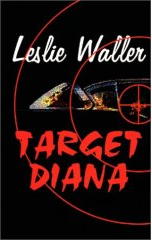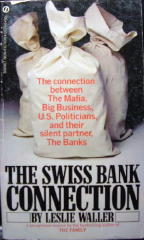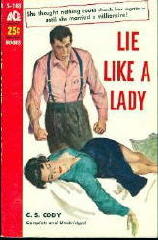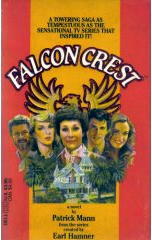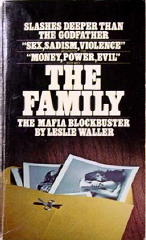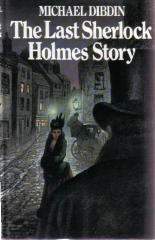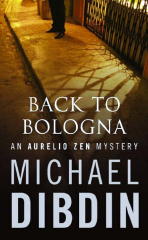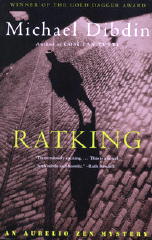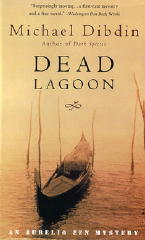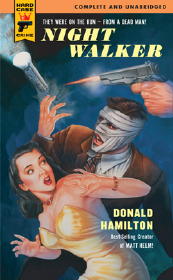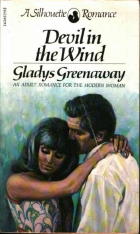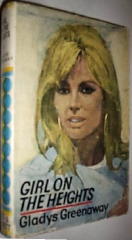Tue 24 Apr 2007
Deaths Noted: OWEN JOHN and HENRY KOLARZ.
Posted by Steve under Authors , Crime Fiction IV , Obituaries / Deaths Noted[2] Comments
Two more recently discovered deaths, the first in this post being that of spy fiction writer Owen John. Born in Wales in 1918, he passed away there in January 1995. Added also to his entry in Crime Fiction IV, by Allen J. Hubin, is his first name, Leonard, unused in his byline for the following crime novels, the last three marginal (as usual, so indicated by a dash in front of the title):
JOHN, (Leonard) OWEN (1918-1995)
* Thirty Days Hath September (n.) Joseph 1966 [Haggai Godin; Italy] Dutton, 1967; Paperback Library 63-127, pb, 1969.
* The Disinformer (n.) Joseph 1967 [Haggai Godin; Canada] Paperback Library 53-773, pb, 1968.
* A Beam of Black Light (n.) Joseph 1968 [Haggai Godin; Russia] Paperback Library 63-085, pb, 1969. “The story of a young British civil servant planted in a fantastic Russian secret laboratory in the wildest terrain in the world, is insidiously terrifying.”
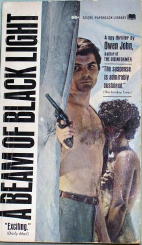
* Dead on Time (n.) Joseph 1969 [Haggai Godin; Middle East] Paperback Library, pb, 1969. “The Arab-Isaeli conflict is the setting for a tale full of action and tension … reality is blended with fiction, with great skill and dash.”
* The Diamond Dress (n.) Cassell 1970
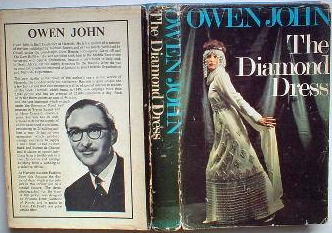
* The Shadow in the Sea (n.) Cassell 1972 [Haggai Godin; Russia] Dutton, 1972. Fawcett Crest M1928, pb, 1973. “A mysterious Russian submarine is discovered patrolling off the coast of England — Haggai Godin was the one man who could stop it.”
* Sabotage (n.) Cassell 1973 [Haggai Godin; Wales] Dutton, 1973. Fawcett Crest M2097, pb, 1974. “Two men meet at night on a dark road in Carreg Wales. In London, Roge Platt, Chief of Special Operations, and his agent, Haggai Godin, discover that a nuclear power plant somewhere in England may be sabotaged.”
* Getaway (n.) Coronet 1976 [Haggai Godin]
* -The Controller (n.) Hale 1978
* -Festival (n.) Hale 1978
* -McGregor’s Island (n.) Hale 1979 [Hebrides]
Haggai Godin, presumably the young man pictured without a shirt in the paperback cover above, is the agent whose adventures took him all over the world.
Another writer whose death Al Hubin has recently found out about is Henry Kolarz, who died in 2001. He was the author of one book included in CFIV:
KOLARZ, HENRY (1927-2001)
* Kalahari (Fawcett Popular Library, 1979, pb) [Africa] Translation of “Kalahari” from the German. Frankfort, 1977. Reprinted in a Reader’s Digest hardcover collection of condensed novels, 1980.
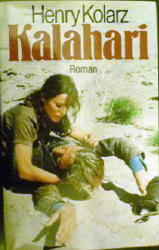
Kalahari is one of a extremely small number of crime novels to have taken place in Botswana. A description of the book, as provided by the Reader’s Digest edition:
“There had been no doubt in Dieter Hahn’s mind, when the shabby African had appeared out of the bush, that he should give him a lift in the VSO truck. It was common humanity, nothing more.
“Even now he did not regret his decision. For there was more at stake than just his own life. There was everything he stood for: equality, justice, freedom itself.”
Kolarz was the author of at least one other work of crime fiction that was never translated from German into English, Nachts um 4 wird nicht geklingelt (1961), a novel based on an actual event, that of the escape of 19 prisoners from a North Carolina security prison in 1959.
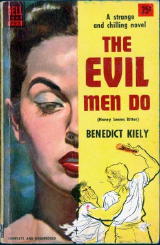
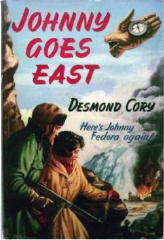
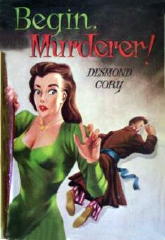
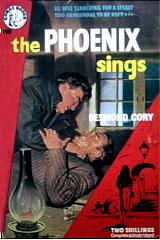
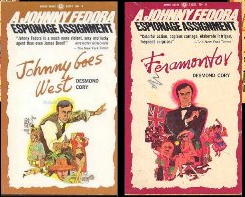
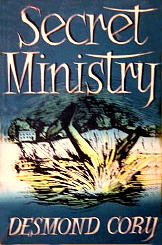
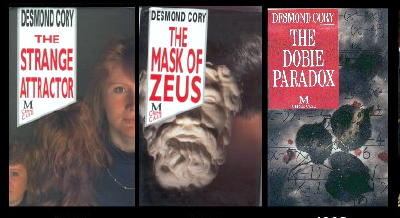
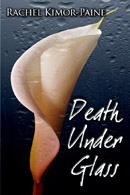
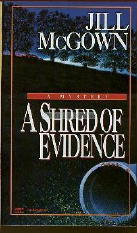
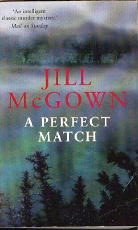
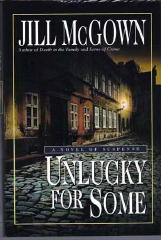

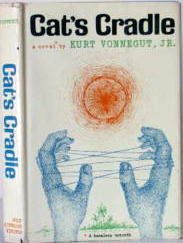
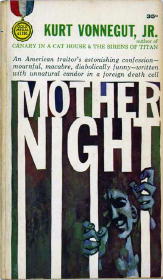
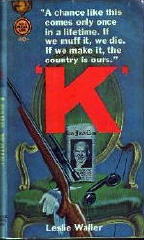 There are events in the real world that you, I am sure, would find hard to believe if someone would take them simply as they happened and write them up as part of a work of fiction. Noted comic book writer
There are events in the real world that you, I am sure, would find hard to believe if someone would take them simply as they happened and write them up as part of a work of fiction. Noted comic book writer 